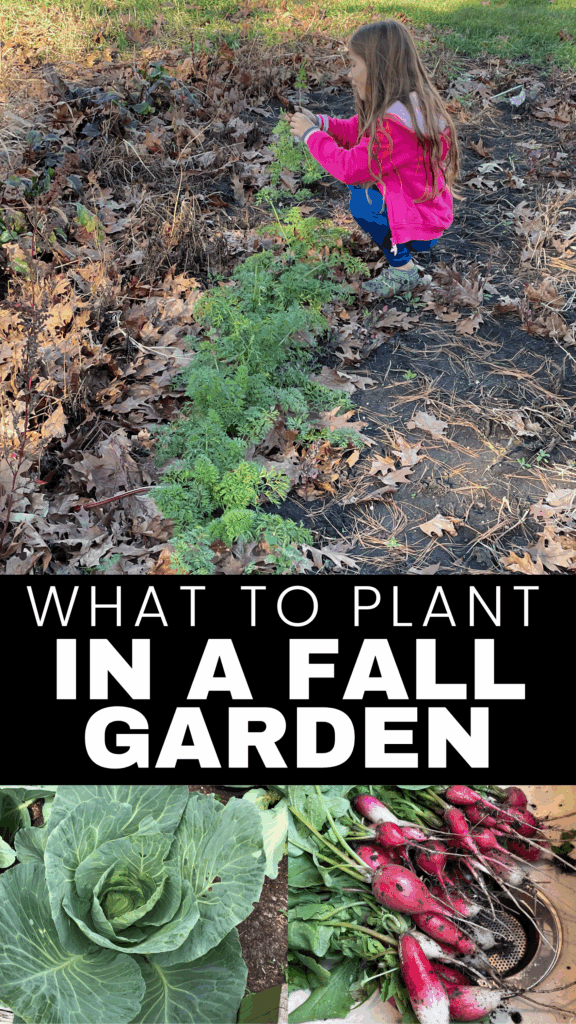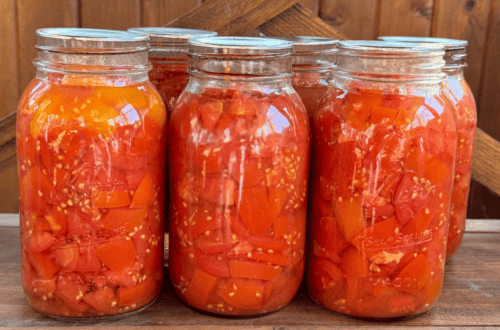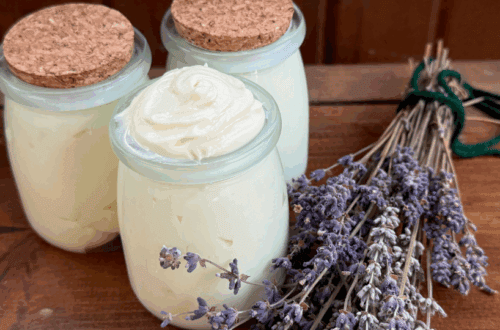What to Plant in a Fall Garden (By USDA Zone)
Knowing what to plant in a fall garden by zone is the key to getting the most from your growing season. Fall crops often thrive with cooler temperatures and fewer pests, but timing is everything—especially when you’re racing against that first frost.
Whether you’re aiming for a late-season harvest of carrots and greens or planning garlic and cover crops, your USDA zone will determine what works best and when to plant it.
This guide breaks it all down so you can plant confidently this autumn and enjoy fresh food well into the colder months.
Looking for more seasonal planting tips? Explore our Gardening page for practical ideas that grow with you.
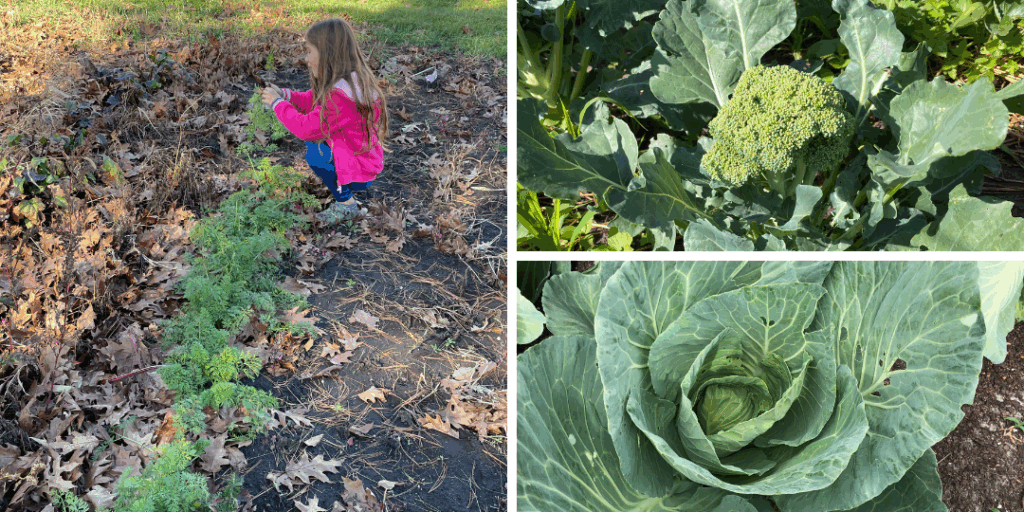
This post contains affiliate links. This will not cost you anything, but will help us offset the cost of running the blog. We only share products we use and would recommend to a friend. Thank you for your support! Click ‘HERE’ for more info.
Why Plant a Fall Garden?
As summer winds down, it might feel like garden season is coming to an end, but fall can be a great time to grow! A fall garden gives you a second chance to enjoy fresh, homegrown produce while taking advantage of cooler weather and fewer pests.
Benefits of Fall Crops
Fall gardening offers some unique perks. Many common pests, like cabbage moths and aphids, are less active as temperatures drop, making it easier to grow brassicas, greens, and root vegetables without as many difficulties. Cooler nights and shorter days also improve the flavor of many crops, think sweeter carrots, crisper lettuce, and less bitter kale.
Extend Your Gardening Season
Planting in late summer for a fall harvest helps stretch your growing season and keeps your garden productive well past the first frost. With a bit of planning, you can harvest fresh food into October and even beyond if you use row covers or cold frames. It’s a smart way to make the most of your garden space and get more from your efforts.
Keep Soil Healthy and Active
Leaving soil bare at the end of summer can lead to erosion, nutrient loss, and compaction, especially with heavy fall rains. Planting a fall crop, even if it’s just a quick-growing cover crop or cold-hardy veggie, helps protect and improve your soil. Living roots keep the soil biology active, prevent weeds from taking over, and support long-term garden health.
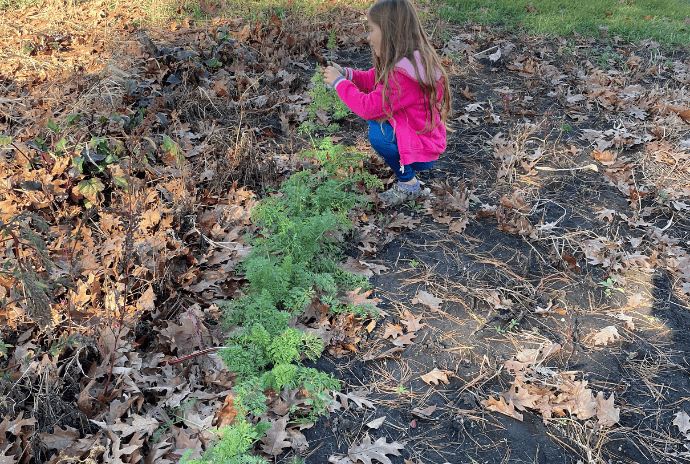
How to Use This Guide
This fall planting guide is tailored to gardeners across many USDA gardening zones, with crop suggestions and timing tips for each zone. To make the most of your fall garden, you’ll need to understand your zone, your local frost dates, and how to calculate planting time based on each crop’s growing needs.
Understanding USDA Zones
Your USDA plant hardiness zone is based on average annual minimum temperatures. For fall gardening, it helps you estimate your first expected frost, which is key to knowing when to plant. Zones 3 through 10 have widely varying frost dates, from mid-September in colder zones to late November or even later in warmer ones, so always double-check your local frost date to fine-tune your planting schedule.
You can check to see what zone you’re in at the USDA Plant Hardiness Zone Website here. You can find your first and last frost dates at the Almanac Website by entering your zip code.
What Does “Days to Maturity” Mean?
This number tells you how long a crop takes to grow from seed (or transplant) to harvest under ideal conditions. You can usually find the days to maturity on the back of your seed packet.
In fall, as temperatures drop and daylight shortens, plants can grow more slowly. That means you should add 1 to 2 weeks to the listed “days to maturity” to get a realistic timeframe for fall growing.
When to Plant for Your Zone
Once you know your first frost date, use it as your countdown clock. Take the crop’s adjusted maturity days (including the extra 1–2 week buffer) and count backward from your frost date to find your latest safe planting window.
For example, if your frost date is October 15 and you’re planting lettuce with a 50-day maturity, add a 10-day buffer and count back 60 days, so aim to plant around mid-August.
This guide will help you choose crops and plant them at the right time, so you can enjoy a productive fall harvest, no matter your zone.
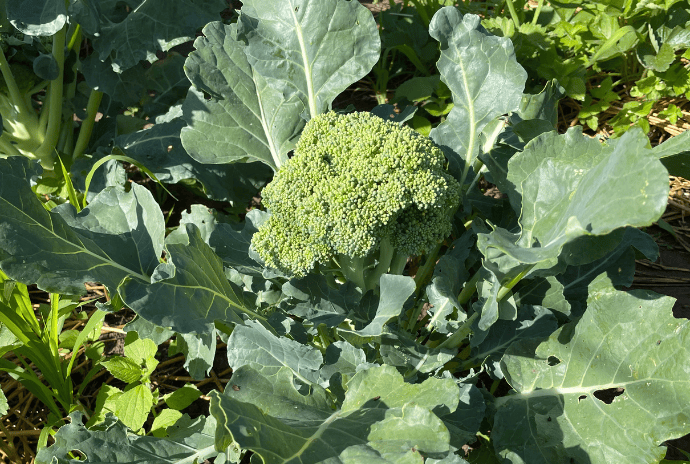
Fall Planting Guide by USDA Zone
No matter your zone, we’ve got some fall planting ideas for you! You can take advantage of some fall planting, even if you have an earlier first frost date. There are some plants that just love the cooler weather.
Zone 3–4
Plant in Early August to Mid-August:
- Leafy greens: spinach, kale, arugula, mustard greens
- Root crops: radishes, turnips, beets
- Brassicas (if covered/protected): broccoli, cabbage
- Garlic (plant in late fall for next summer’s harvest)
Tips for Success in Zones 3–4:
- Use cold frames or row covers to extend the season.
- Choose fast-maturing and frost-tolerant varieties.
- Start some plants indoors and transplant them outdoors.
- Watch for early frosts and plan to harvest quickly.
Zone 5–6
Plant in Late August to Early September:
- Leafy greens: lettuce, spinach, kale, mustard, collards
- Root vegetables: radishes, carrots, beets, turnips
- Brassicas: broccoli, cauliflower, cabbage
- Herbs: cilantro, parsley
- Garlic & shallots for overwintering
Tips for Success in Zones 5–6:
- Add mulch to protect roots and retain warmth.
- Cover with row covers or cold frames for longer harvests.
- Water regularly in the fall to encourage growth before frost.
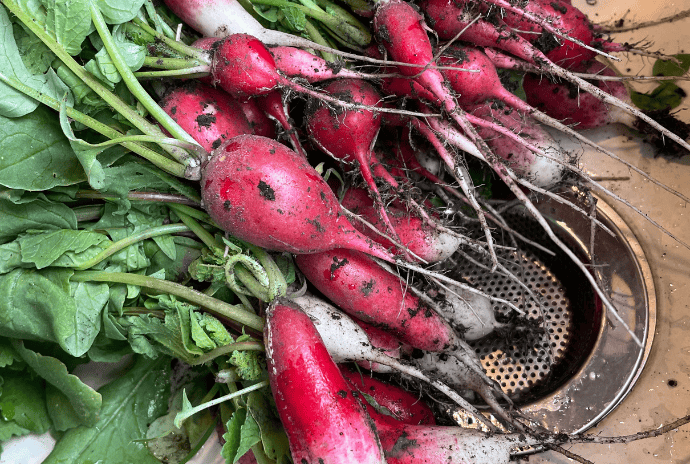
Zone 7–8
Plant in September to Early October:
- Leafy greens: lettuce, spinach, kale, arugula, collards
- Root vegetables: carrots, beets, radishes, turnips
- Brassicas: broccoli, cauliflower, cabbage, Brussels sprouts
- Herbs: dill, cilantro, parsley
- Garlic & onions for spring harvest
Tips for Success in Zones 7–8:
- You can often grow cool-weather crops all winter with minimal protection.
- Use succession planting to stagger harvests.
- Monitor for warm spells that might cause bolting.
Zone 9–10+
Plant in October to Early November:
- Leafy greens: lettuce, spinach, kale, Swiss chard
- Root crops: carrots, beets, radishes, turnips
- Brassicas: cabbage, broccoli, cauliflower
- Warm-climate herbs: cilantro, dill, parsley
- Garlic, onions, and shallots for spring and early summer harvest
Tips for Success in Zones 9–10:
- Cooler fall temps are ideal for germinating cool-season crops.
- Fall is your main growing season—plant generously.
- Watch for unseasonal heat and provide light shade if needed.
Tools and Tips for a Successful Fall Garden
Creating a thriving fall garden means adjusting your methods as the seasons shift. These tools and tips will help you prepare your space, protect your plants, and get the most from your autumn harvest.
Amending & Prepping Tired Summer Soil
After a long summer season, your soil may be depleted. Add compost, aged manure, or a balanced organic fertilizer to restore nutrients. Consider a soil test to identify what your garden is lacking before planting fall crops.
Loosen the soil with a broadfork or garden fork and remove any large debris. Mulch pathways to reduce mud and compaction, and consider covering bare soil with straw or leaf mulch to retain warmth.
- Compost or worm castings – Organic bagged compost to replenish nutrients.
- Organic all-purpose fertilizer – Like Espoma Garden-Tone or Down to Earth blends.
- Soil test kit – A simple pH and nutrient test kit for home gardeners.
Using Row Covers or Cold Frames
Lightweight row covers protect plants from early frosts and extend your growing season. Cold frames offer even more insulation and are great for leafy greens and root crops. Both tools trap warmth and keep pests out—essential for cooler nights.
- Floating row covers – Lightweight protection from frost and pests.
- Cold frame kits – Great for DIYers or ready-to-use kits for leafy greens.
Watering Tips as Temps Drop
Even as temperatures cool, your garden still needs consistent moisture. Water earlier in the day to avoid overnight freeze damage and reduce mildew risk. Make sure your irrigation system or hose is still functional and drain lines before the first hard frost.
- Soaker hose or drip irrigation system – Efficient watering for fall beds.
- Hose timer – Automate watering for consistent soil moisture.
- Rain gauge – Helps you know when you truly need to water.
Lighting and Warmth
Shorter days mean less sunlight. Plant crops that tolerate lower light, like spinach, kale, and radishes. South-facing beds get the most sun, and adding reflective surfaces like white garden cloths or walls can boost light and heat retention.
- Grow lights – For fall/winter indoor seed starting or harvest extension.
Pest Management in the Fall
Cool weather doesn’t mean pests disappear. Aphids, cabbage worms, and slugs are still active. Use floating row covers as a barrier, inspect plants regularly, and remove garden debris where pests might overwinter.
- Organic pest sprays – Neem oil or other organic pest killers.
- Slug traps or bait – Useful for those wet fall mornings.
- Mulch or straw bales – Insulate soil and suppress weeds.
- Garden gloves – Waterproof or insulated for cooler weather.
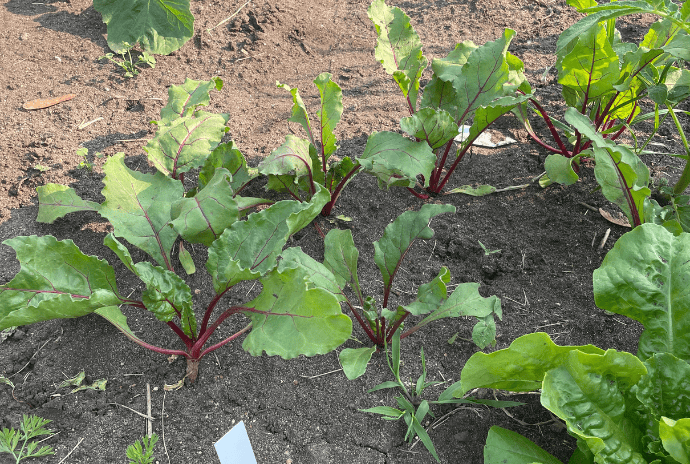
Don’t Forget These Fall Gardening Tasks
Fall isn’t just for planting—it’s also the perfect time to wrap up the season and prep for what’s next. Add these tasks to your garden to-do list:
- Clean up spent plants: Remove dead or diseased plants to prevent overwintering pests and diseases.
- Compost garden waste: Healthy plant material can go into your compost pile to nourish next year’s garden.
- Mulch beds and pathways: Add straw, leaves, or wood chips to suppress weeds and insulate soil.
- Test and amend soil: Use a soil test kit to check pH and nutrients, then add compost or amendments as needed.
- Plant cover crops: Protect and enrich soil over the winter with clover, rye, or vetch.
- Water deeply before the ground freezes: Give perennials and fall crops a strong start before the cold sets in.
- Protect perennials and young trees: Use burlap, mulch, or protective wraps to shield plants from frost and wind.
- Drain hoses and shut off outdoor water: Prevent freezing damage by clearing out water systems.
- Sharpen and store tools: Clean, oil, and put away your tools so they’re ready when spring rolls around.
Explore More About Gardening
There are many layers to gardening. Between seed starting, splitting perennials, and starting vegetable seeds, I’m sure we’ve got something that will help you!
- Find and Shop Your Garden Zone
- How to Make a Seed Starting Mix
- Growing Guide for Hardneck Garlic
- How to Split and Transplant Irises
FAQs About Fall Planting
Fall garden may be a mystery to you, but we hope some of these common questions will help you out! You’re certainly not the only one with a question or two. If we forgot anything, please ask us in the comments.
Yes! Many vegetables thrive in cooler temperatures. Fall is ideal for planting crops like leafy greens, root vegetables, garlic, and brassicas (like broccoli and cabbage). Some even taste better after a light frost.
Start seeds in late summer, about 6–10 weeks before your first expected frost date. You can also transplant starts for faster results. Check your USDA hardiness zone for exact timing.
Cool-season crops like lettuce, spinach, carrots, radishes, kale, and turnips grow well in the fall. Herbs such as cilantro and parsley also prefer cooler temps.
Yes, but your window is short. Stick to quick-maturing crops and consider cold frames or row covers for added protection.
Absolutely. Fall is a great time to start perennial herbs like chives, thyme, and oregano. They’ll establish roots now and come back strong in spring.
Use row covers, cold frames, mulch, or even old sheets during cold nights. Many fall crops can survive a light frost, but protection helps extend your growing season.
Save This Post and Plan Ahead
Don’t let your garden go to sleep just yet; fall planting brings fresh harvests, fewer pests, and cooler days to work outside. Whether you’re in Zone 3 or Zone 10, there’s still time to get crops in the ground. Grab your seeds, prep your soil, and enjoy the quiet beauty of growing in autumn. For more seasonal gardening ideas, check out the full Gardening Page.




